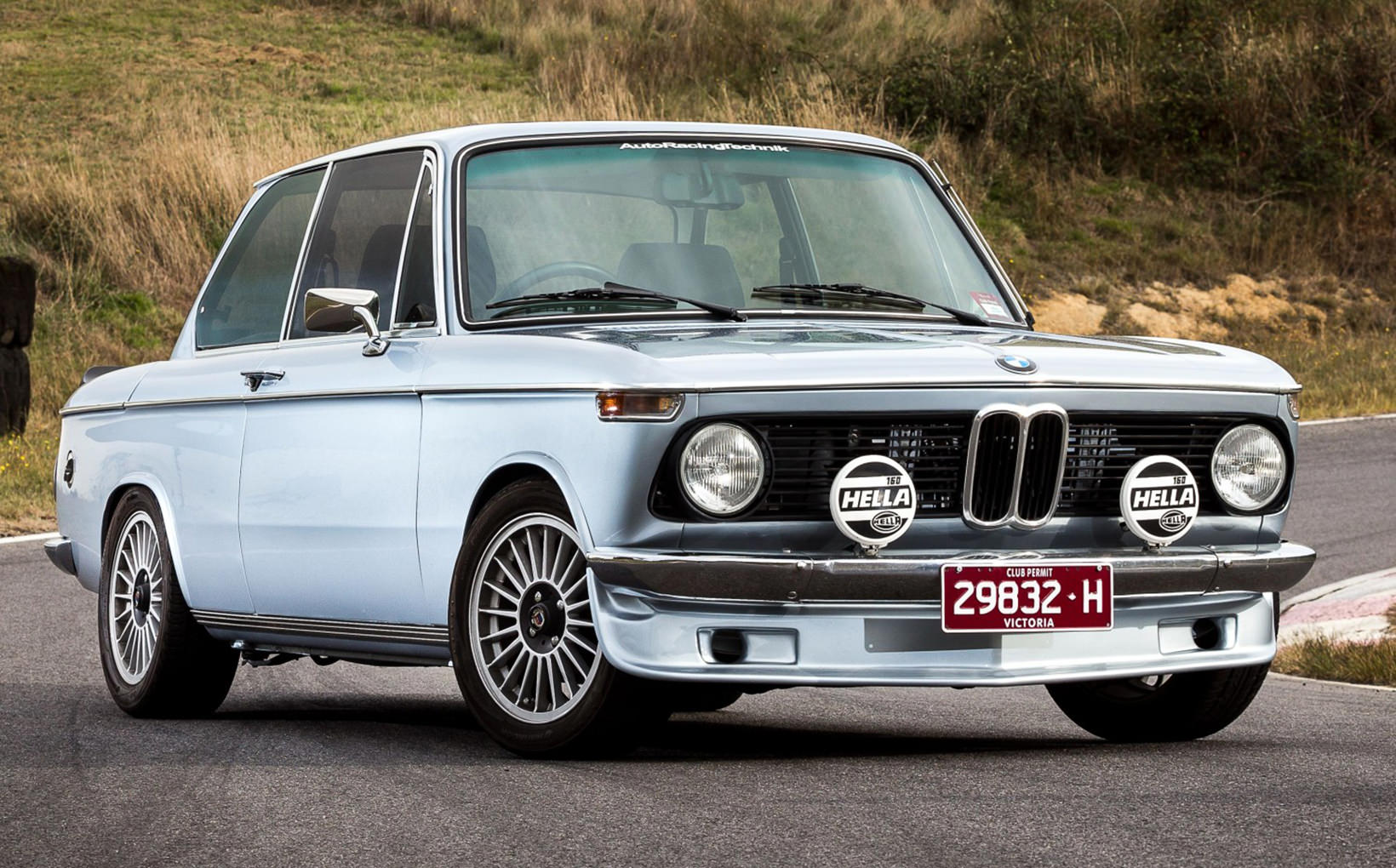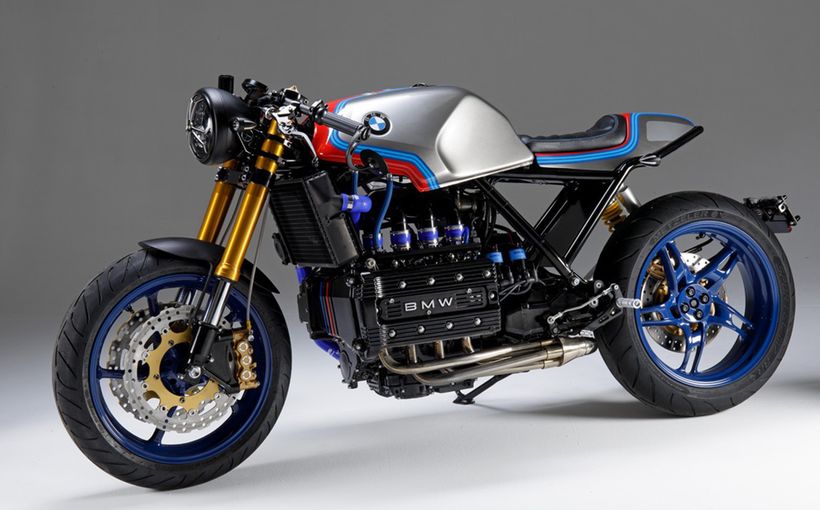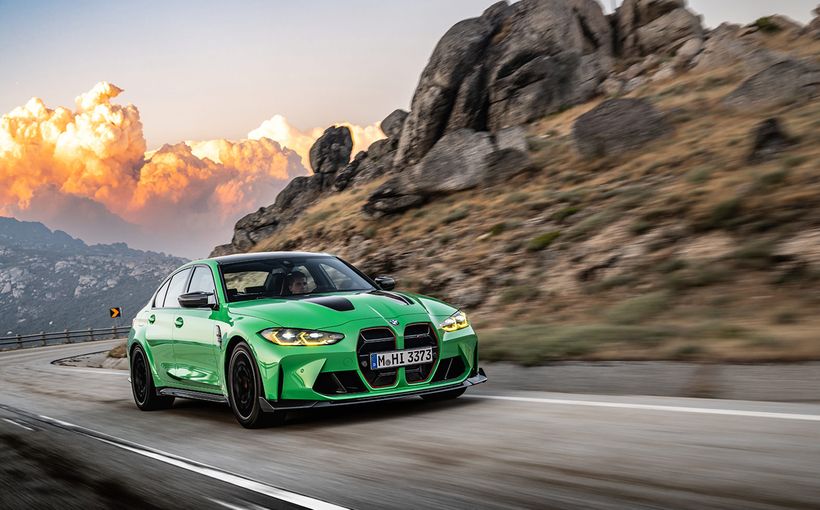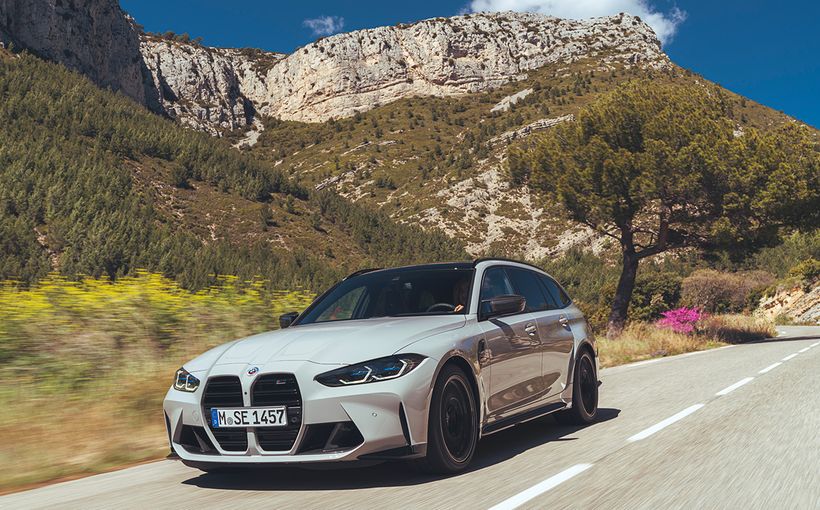Ray Ong’s BMW 2002: Tastefully Upgraded Classic Sports Sedan

Ray Ong, proprietor of Auto Racing Technik in West Heidelberg, has more than a few cars, among which are Porsches and BMWs and even a Ferrari and Lamborghini. Ray acquired this lovely silver facelift 2002 from its second owner about 10 years ago. What especially appealed to him was that the car had been treated to a first-class ground-up restoration maybe three years previously and was pristine. It is painted in the original factory colour and presents as if the restoration was completed weeks rather than years ago! Repairs during his custody have been limited to small stuff like broken door handles.

He is also a fan of the so-called ‘rectangular taillight’ facelift model and sees it as a sign of how rapidly BMW styling was advancing in that period. (As a one-time owner of a Garnet Red 1975 model, I can only concur with his view!)
The previous owner appeared to have intended to create a kind of Hartge tribute with the 2002 boasting desirable inclusions such as an ALPINA front air dam and rear rubber spoiler. Period-correct Hella fog lights give it that 1970s rallying look.

(Image: Clarence Tang)
Inside, there is an ALPINA steering wheel and gearknob. The Recaro front seats are from an E21 323i Motorsport. Remarkably, the twin-bucket style rear seat from the larger 635 CSi was resized and packed into the compact 2002 and Ray thinks it may have required resizing to fit. All door cards were renewed.
Auto Racing Technik opened its doors in 1989 shortly after Ray got his driver’s licence. The company specialises in on-board diagnostics and tuning and has built its success on word of mouth, always the best form of advertising. Back in 1996, an all-wheel drive dynamometer was installed. He and his partners were all car-crazy and were fortunate enough to acquire affordable warehousing space to store their collections as well as running what has proved to be a highly successful business.
Ray numbers the 2002, the oldest car he owns, among his favourites, but his first choice (understandably) is his Porsche 930, although like the 2002 it is far from being a daily driver. Every now and again Ray takes one of his classics to a club day.

(Image: Clarence Tang)
But the 2002 has never been on the dyno, even though it would doubtless record a higher number of kiloWatts than when it emerged from the factory in 1975. Ray believes the engine block is from an E30 M3, although he has never verified this. A modified crankshaft, new pistons and conrods were fitted. Cylinder head work, larger valves, high-lift (292 degree) camshaft and a pair of 40 DCOE sidedraught Webers are the kind of modifications typically made to the 2.0-litre SOHC engine. There is a close-ratio five-speed gearbox believed to be from an E21 323i with a matching limited-slip differential probably came from the same donor car. The ANSA exhaust is another highlight.
The suspension is lowered by about 25mm with Koni Sports dampers all around. The wheels are replica 15 X 6 ALPINA alloys with 195/50 rubber.

(Image: Clarence Tang)
Ray reckons the car brings a smile to his face every time he drives it, being light, agile and quick. He also understands that this is among the most important BMW models ever made.
Indeed, the BMW 2002 must be judged one of the most influential new cars of the 1960s, the same decade that gave the world such beauties as the Porsche 911, Jaguar E-Type, Chevrolet Corvette Stingray and the Ford Mustang.

(Image: BMW)
It’s not possible to understand the significance of the 2002 without mentioning the ‘Neue Klasse’ 1500 sedan of 1961, the car which set a new template for the Bavarian marque after a difficult decade and a half after World War Two. The BMW product planners took a good look at the Borgward Isabella in developing the 1500, but Carl Borgward closed his factory in the very year the Neue Klasse made its public debut.
Some even quipped that the triple initials stood for ‘Borgward Macht Wieder’ (Borgward Comes Again) but this is more a reference to the fact that many ex-Borgward senior executives were immediately hired by BMW; certainly the character of the Neue Klasse’ model was more Borgward than Mercedes-Benz.

Regardless, the 1500 sedan was sportier and more agile than the Borgward Isabella. The engine was a radically new and immensely strong 1.5-litre single overhead camshaft unit designed by Alex von Falkenhausen, which would later provide the basis for BMW’s Formula One engines. There was a floor gearchange. The 1500 even had front disc brakes and independent rear suspension at a time when many cars persisted with drums all round and semi-elliptic rear springs.
The engine would soon grow to 1.6 litres and thence to two litres.
The two-door version (BMW 1600) was introduced in March 1966. The subsequent 1602 and 2002 sportier versions of the two-door sedan – you’d never really call them coupes – reference the engine capacity (1.6 or 2.0) with the ‘02’ specifying the number of doors.
In 1968 the 2002 amounted to nothing less than a reimagining of the compact sports sedan. With a lusty 2.0-litre engine in a 940kg car, performance was scintillating. Many US customers must have loved challenging Mustang and Camaro drivers. Despite its potent engine, strong brakes and taut suspension, the 2002 was a modest – even conservative – looking machine, a true Q-Car!
The BMW 1500 Neue Klasse set the direction for a whole new interpretation of driving dynamism with a spicy Bavarian flavour. Within a decade, the Bayerische Motorischen Werke was already occupying territory once dominated by Jaguar with the Mark 2 and S-Type. The 2002 was the critical car in that invasion; where Jaguars tended to be soft and plush, their BMW counterparts were edgier, leaner and tending to the austere, emphatically favouring sports over luxury.

(Image: BMW)
Between 1968 and the early 1980s, BMW essentially displaced Jaguar as the dominant European sporting marque. The Bavarian cars were invariably lighter and more dynamic: just compare the big E3 2500 and 2800 sedans (late 1968) with the contemporaneous Jaguar XJ6 to apprehend this difference.
Ray would love one day to own a 2002 Turbo, but says it is very hard to find an original unmolested example. I would suggest that this is increasingly true of any version of the covetable 2002.
View Ray's Shannons Club Garage and Connect with NumbersMatching








